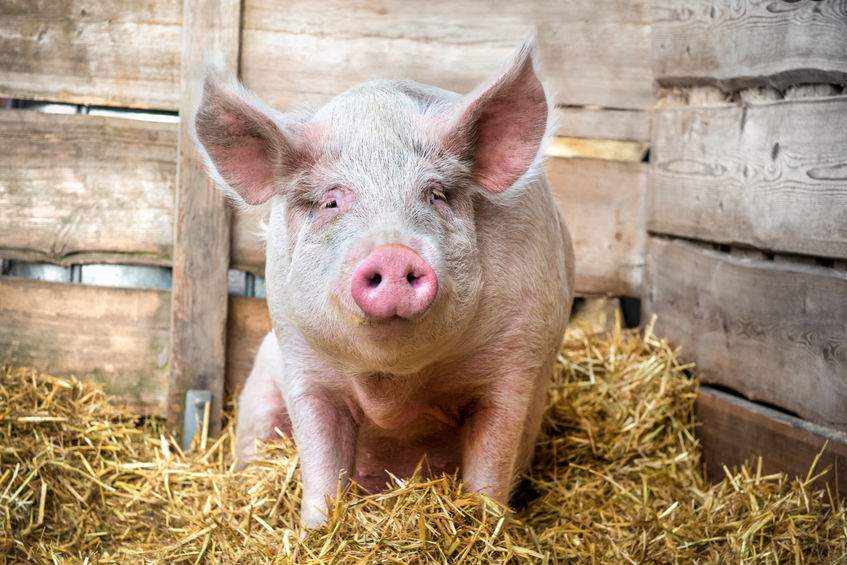
Pig producers have benefited from a remarkable occurrence of weekly modest price increases for more than six months, according to Quality Meat Scotland.
Unlike the beef and lamb market, the pig sector in the UK has not seen disruption as a result of the Covid-19 outbreak.
However, although there have been consistent increases in the prime pig price, they only lifted farmgate price from 162.43 p/kg dwt at the beginning of January to 165.61p in mid-July.
The trend has, however, been broken with falls each week for the past four weeks and producers now see prices at 163.5 p/kg dwt.
According to production data from Defra, the volume of pigmeat produced in UK abattoirs during June and July has been significantly higher than a year ago.
Stuart Ashworth, Director of Economics Services at Quality Meat Scotland (QMS) said: “Historically, production increases seasonally during July and continues to increase through to late autumn.
"Prices often reach a seasonal high in July and drift lower through to the end of the year. 2019 was an exception to this pattern when prices rose firmly in the second half of the year,” he added.
Nevertheless, according to Mr Ashworth, prices are currently nearly 7 percent higher than a year ago.
In contrast, although having been more variable since the start of the year, prime cattle prices are currently 13% higher than a year ago and lamb prices around 18% higher.
UK prime pig prices also contrast sharply with farmgate price movements in other parts of the world.
“Across Europe pig prices are typically 14% lower than a year ago, leaving the UK with one of the strongest farmgate prices in Europe,” said Mr Ashworth.
“US prices are being badly affected by disruption to slaughter capacity earlier in the year and some on-going expansion in the US sow herd.
"Slaughterings are currently around 3% higher than a year ago and farmgate prices 40% lower,” he added.
The UK is estimated to be around 66% self-sufficient in pigmeat and imports mainly from the EU to meet demand.
“Despite the UK price being well above European prices, imports to the UK from the EU are much lower this year than last which, despite growth in domestic production, will be offering support to UK producer prices,” commented Mr Ashworth.
Instead the EU, like all major exporters, has increased its trade with China although that has not been enough to support European prices.
“The UK is not a significant exporter of pig meat, but it too has seen substantial growth in exports to China this year, making China the largest single market for UK pigmeat exports,” said Mr Ashworth.
International trade is an integral part of the pig meat market and like other red meat sectors Brexit negotiations cast a shadow over the medium term.
A hard Brexit would result in the introduction of tariffs on imports from the EU and elsewhere which would reduce their competitiveness.
However, irrespective of the final Brexit terms and conditions, exporting to Europe will face increased checks and administration and hence cost.
“Terms of trade with China and many other non-EU markets after Brexit still need to be clarified," said Mr Ashworth.
“While these trade issues remain unclear, potential exists for volatility in all red meat supply chains particularly as 2020 draws to a close,” he added.
Meanwhile, retail demand for pork has been firm following the temporary shutdown of food outlets, which has seen butchers and other retailers increase sales and allowed some retail price inflation to occur.
“The Office of National Statistics report retail prices of pork in July are 5-6% higher than a year ago, indicating processors have been able to pass through to consumers some of the increase in farmgate prices, helping to sustain producer prices,” concluded Mr Ashworth.
